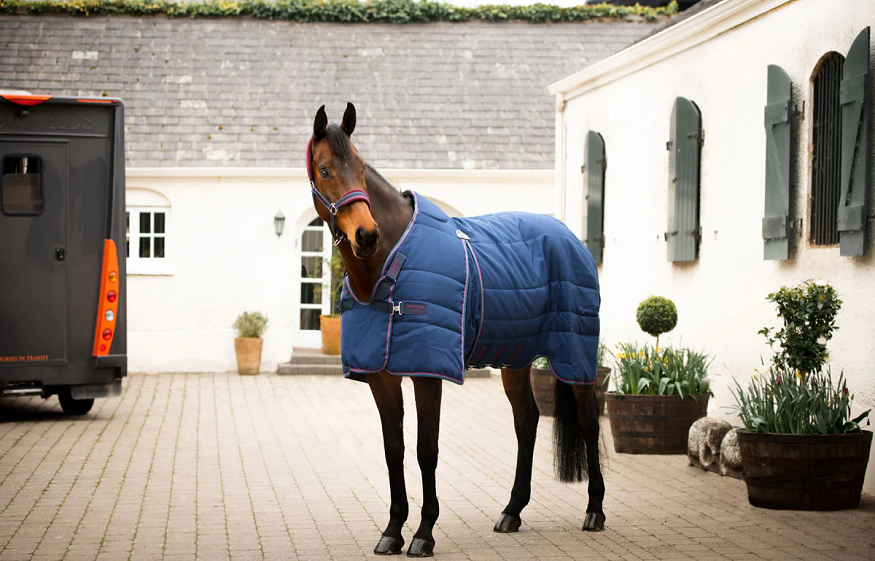Winter horse blankets can be significant investments because, just like humans, horses don’t like cold. You need to select a blanket that suits your horse perfectly while prioritizing your horse’s well-being. Additionally, make choices that align with your budget constraints.

Let’s see what you need to check when buying an excellent winter blanket for your horse.
Tips to Check when Purchasing Your Horse Winter Blanket
Guarantee
Sometimes, your horse can be tough on its fleece horse blanket, and the rips, snags, and tears reduce the effectiveness of the blanket. That’s why if you want to maintain the blankets’ insulating and waterproofing qualities, consider a blank guarantee or warranty. Most companies offer warranties or guarantees for a certain time. You can find a blanket with one, two, five or a lifetime guarantee. The price may vary according to the years of guarantee and denier.
Fill
The warmth provided by horse blankets is determined by the amount of fill, typically measured in grams. Fill comes in different ranges from
- Lightweight ranges from 0 to 100 grams
- Medium weight 150–250 grams
- Heavyweight 300+ grams
To enhance breathability while ensuring warmth and dryness, horse blanket manufacturers are exploring various insulating materials.
Hardware
In the past, buckle front closures were the sole option for fastening horse fly sheets and blankets. Although many manufacturers continue to use them, these closures can be challenging to handle, especially when wearing gloves. It’s advisable to explore blankets equipped with robust snaps as an alternative, as they offer a more convenient and user-friendly option for putting on and taking off the blanket.
Design of the Blanket
In winter, it’s a good idea to opt for pony blankets that come with attached neck covers and belly wraps to minimize heat loss. Another approach is layering, which typically begins in late fall with a light to medium-weight blanket and involves adding extra layers as the temperature drops during the winter months. Horses are better equipped to handle cold weather than warm conditions. Blanketing should be done with caution, as excessive sweating caused by overdressing can negate any advantages provided by the blanket.
Additional Considerations to Make During Winter
During the winter months, when you’re riding and working with your horse, take proper steps to ensure their well-being in the cold conditions. Start by cooling your horse down gradually after your ride by starting with a leisurely walk while keeping the saddle and pad on.
Once your horse has sufficiently cooled down and you’re ready to remove the saddle, it’s advisable to use a moisture-wicking cooling sheet to prevent them from getting chilled in the cold air. If the sheet becomes damp, replace it. Once your horse is dry, you can put on a stable blanket and place them in their stall for added warmth. To help your horse stay warm during the colder weather, increase their roughage intake by at least 10%, as the cold temperatures lead to higher calorie expenditure.
Wrap Up
When deciding whether to use a blanket for your horse, consider factors such as their age, body condition, living environment, and local weather conditions. Horses have natural coats that are effective at keeping them warm if they have access to a windbreak and shelter from wet conditions.
